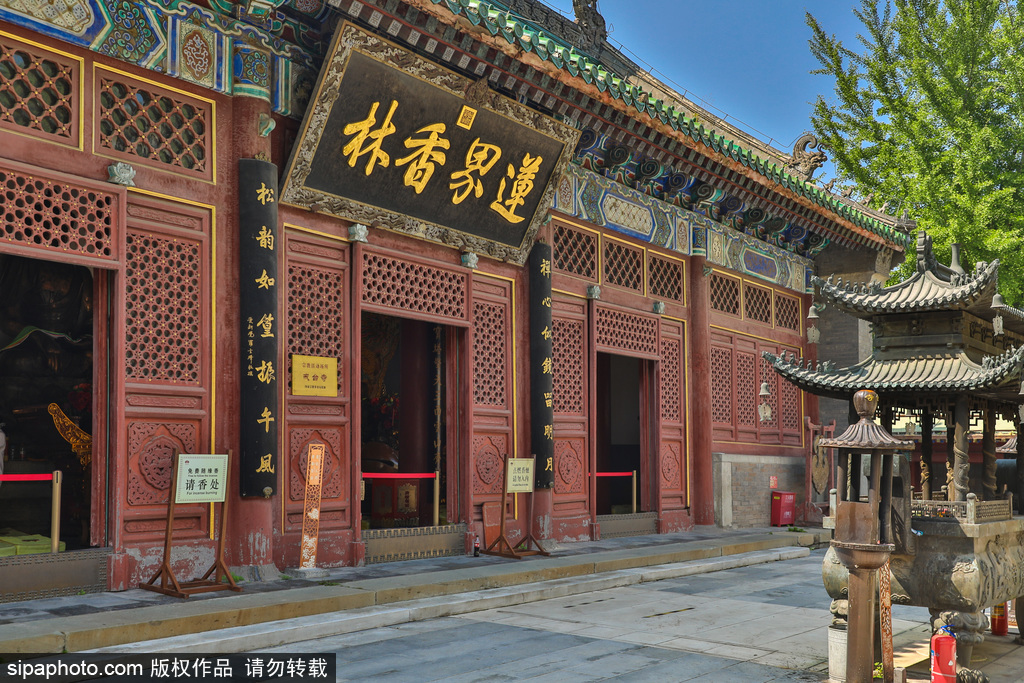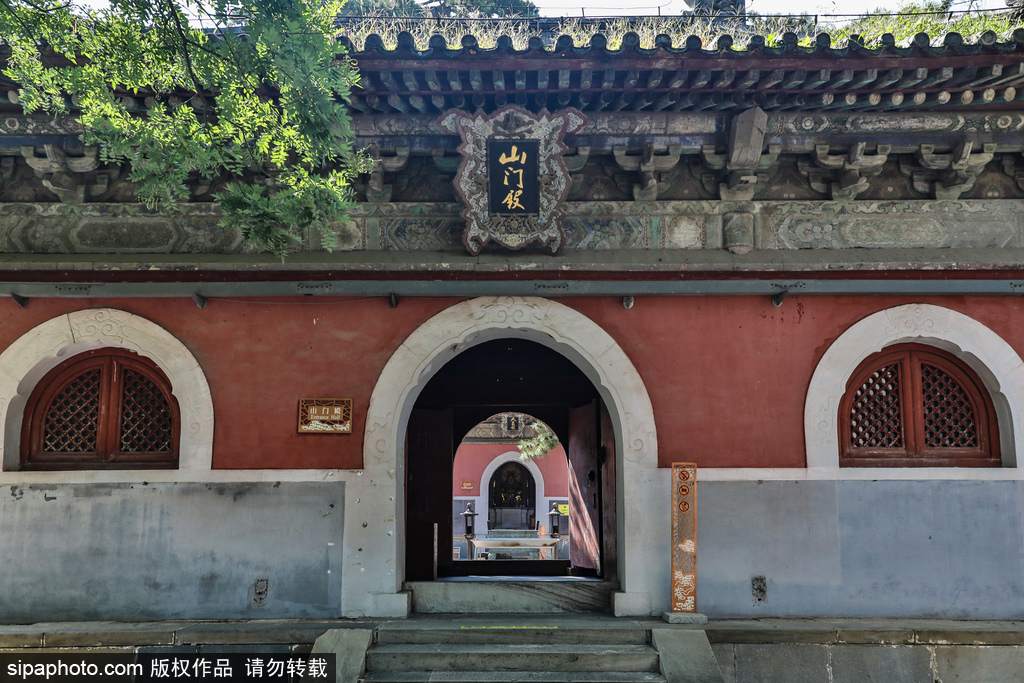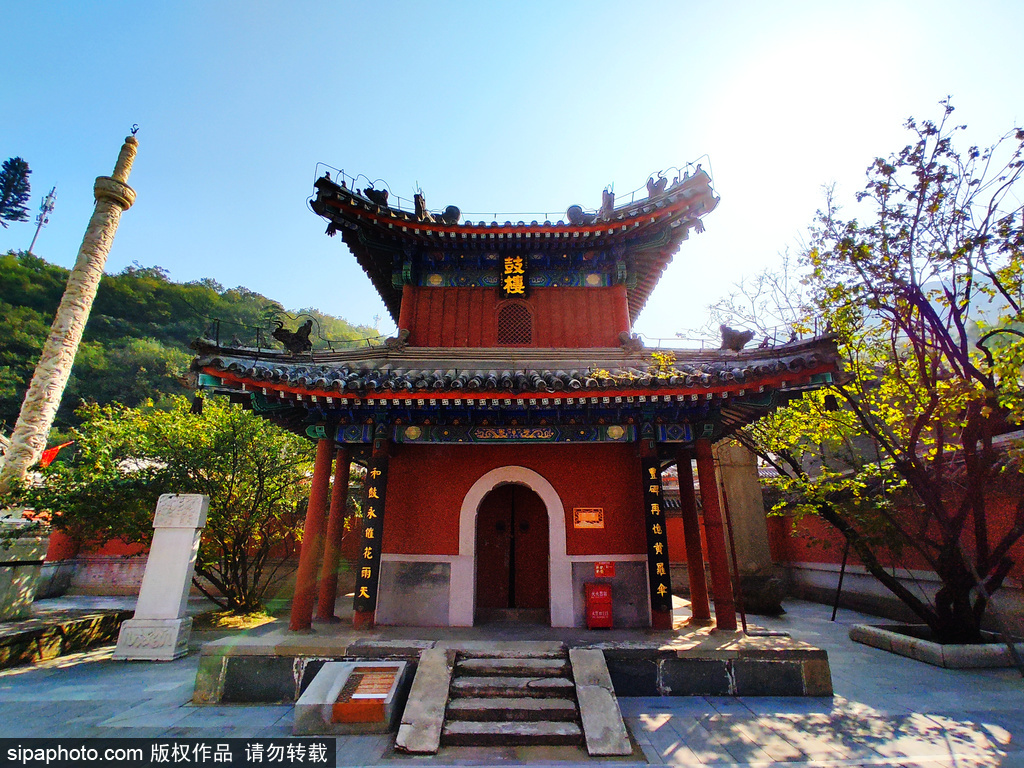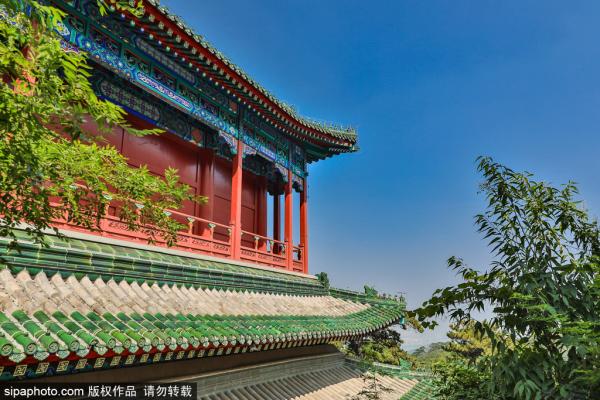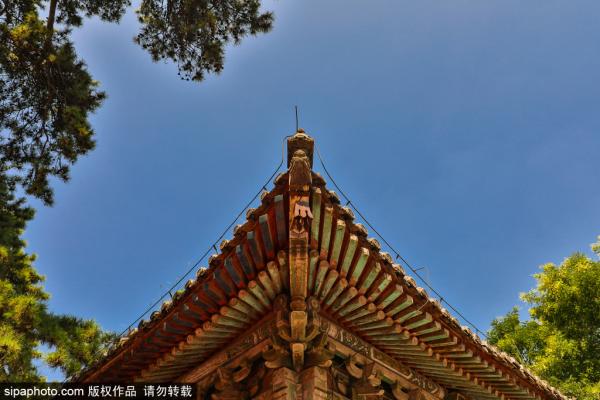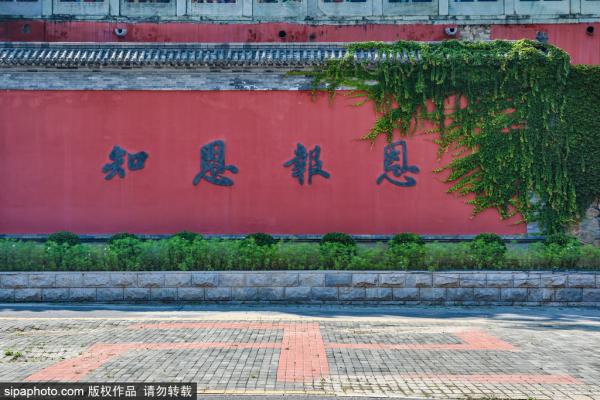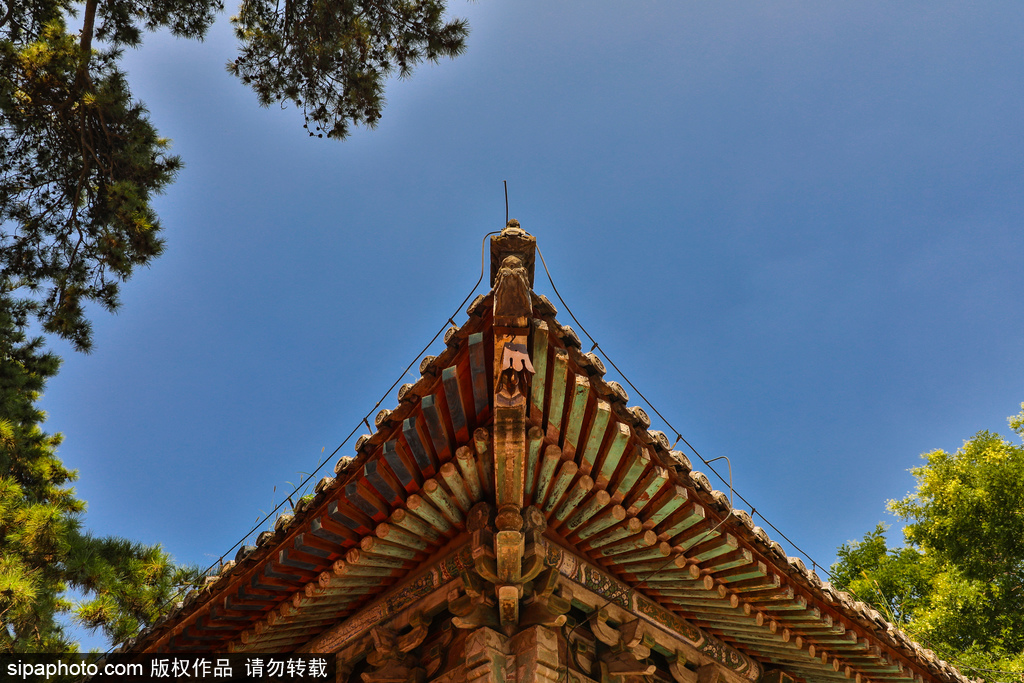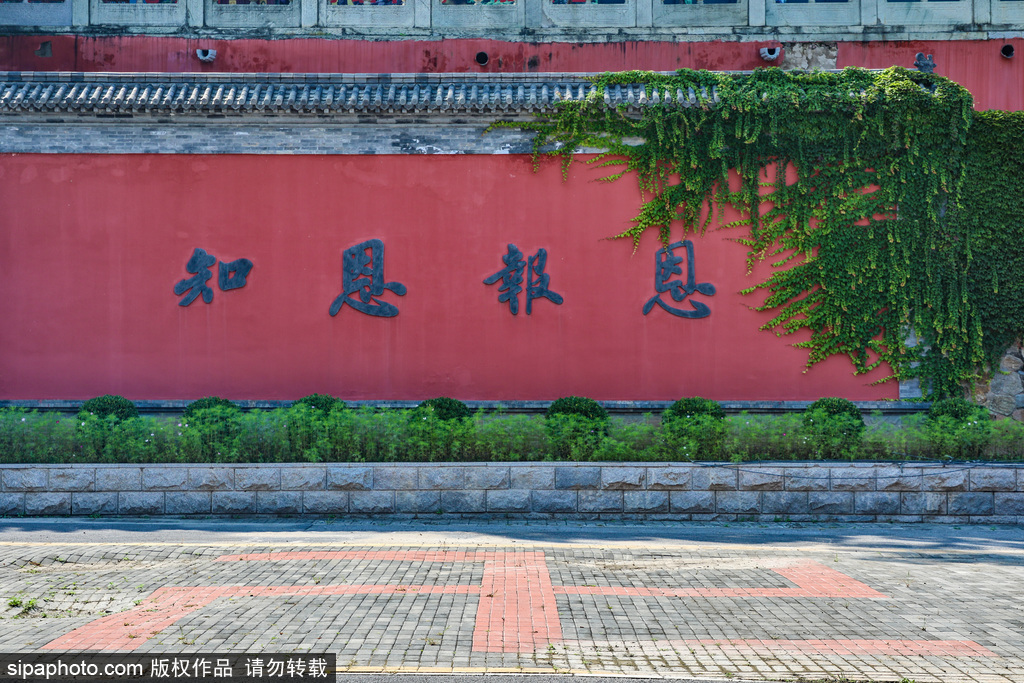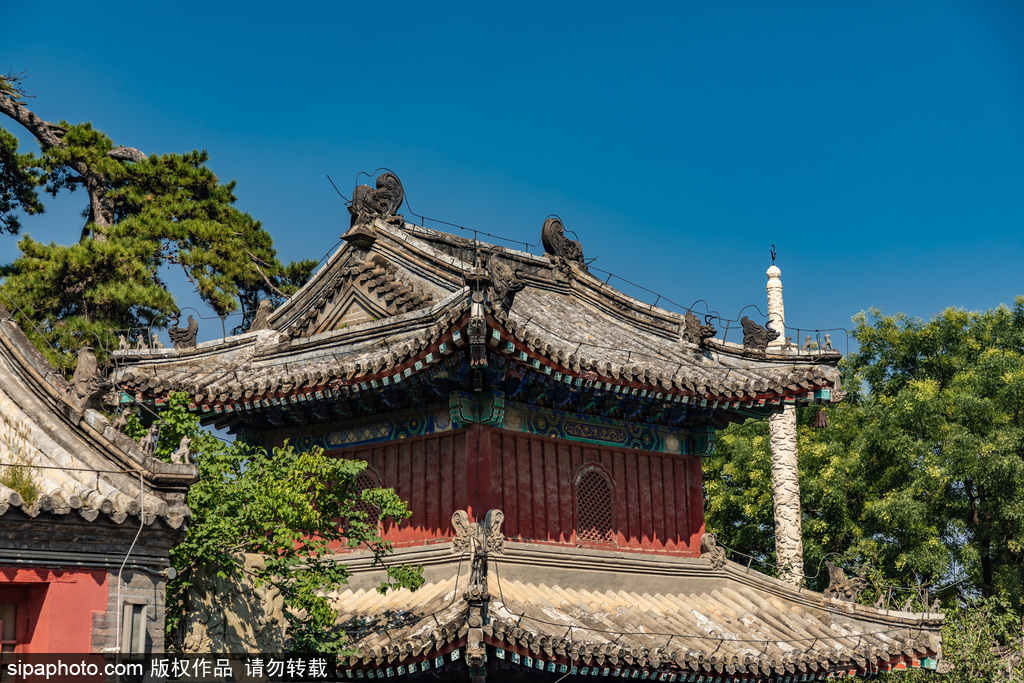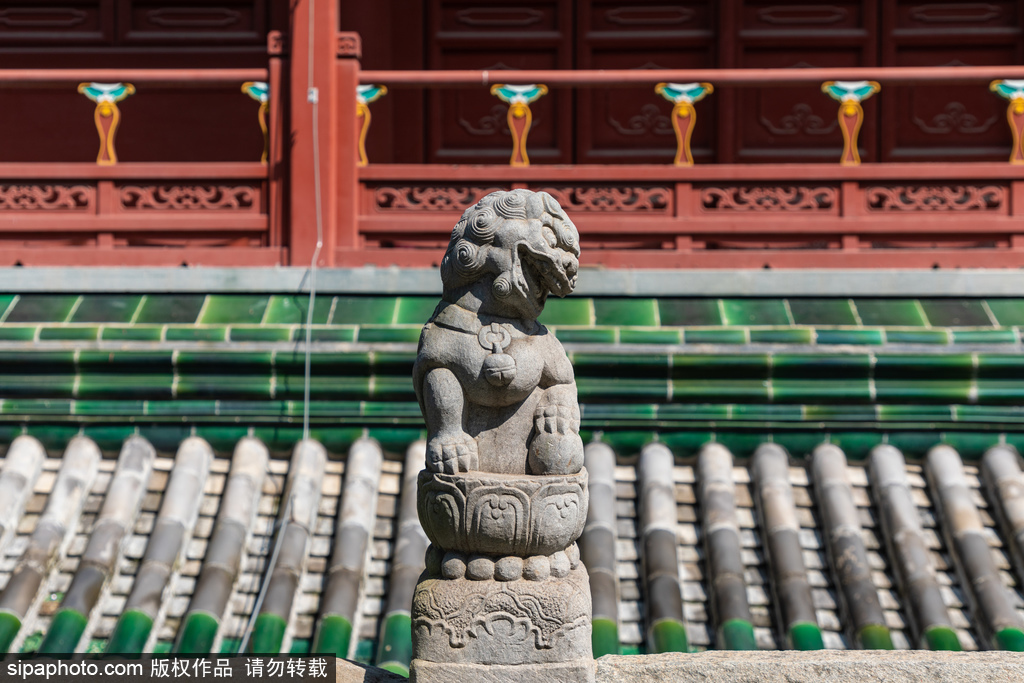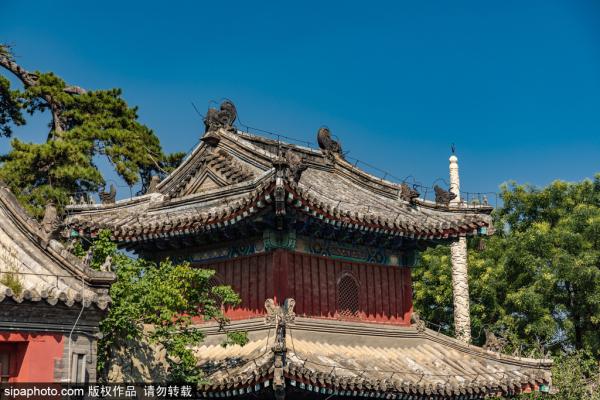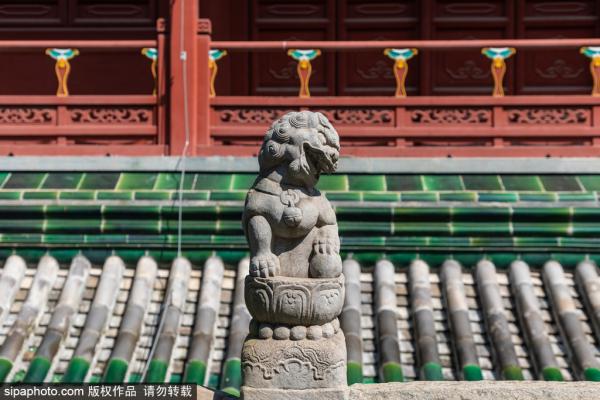Jietai Temple (戒台寺)
Originally named Huiju Temple, the temple is commonly known as the Jietan Temple because of the largest Buddhist altar in China.

-
Tel:
010-69806611 -
Best Time to Visit:
April-November -
Duration:
3 hours -
Admission:
Adult ticket: 45 RMB/person
Half-price tickets: full-time students (excluding adult education graduate students) with student ID cards.
Free of charge:
1.Beijing local senior citizens over 60 years old (inclusive) with Beijing Pass - Senior Citizen's Disability Assistance Card
2. Children under 6 years old (inclusive) or under 1.2 meters in height
3. Firefighters and rescue personnel with relevant valid documents
4. Disabled persons with a disability card
5. Active military personnel with officer's card
6. Tour guide with tour guide card Adult ticket: 45 RMB/person
Half-price tickets: full-time students (excluding adult education graduate students) with student ID cards.
Free of charge:
1.Beijing local senior citizens over 60 years old (inclusive) with Beijing Pass - Senior Citizen's Disability Assistance Card
2. Children under 6 years old (inclusive) or under 1.2 meters in height
3. Firefighters and rescue personnel with relevant valid documents
4. Disabled persons with a disability card
5. Active military personnel with officer's card
6. Tour guide with tour guide card -
Opening Hours:
Winter: Monday to Sunday 08:30 - 16:00.
Spring, summer and autumn: Monday to Sunday 08:30-16:30
Description
Jietai Temple (戒台寺)
Located on Ma'an Mountain in Beijing's Mentougou District, the temple was built in the fifth year of Wude period of the Tang Dynasty (622 AD), and was originally named "Huiju Temple". It was also known as Jietan Temple because senior monk Fajun built a Buddhist altar here in the Liao Dynasty and many monks from all directions came to get ordained. The temple is famous for holding the largest Buddhist altar in the country.
The temple sits in the west and faces east, and the central axis of th...
Jietai Temple (戒台寺)
Located on Ma'an Mountain in Beijing's Mentougou District, the temple was built in the fifth year of Wude period of the Tang Dynasty (622 AD), and was originally named "Huiju Temple". It was also known as Jietan Temple because senior monk Fajun built a Buddhist altar here in the Liao Dynasty and many monks from all directions came to get ordained. The temple is famous for holding the largest Buddhist altar in the country.
The temple sits in the west and faces east, and the central axis of the temple is lined up with the Hall of the Mountain Gate, the bell and drum towers, the Hall of the Heavenly King, the Hall of the Great Hero, the Thousand Buddha Pavilion (ruins), the Hall of the Guanyin and the Hall of Buddhist Altar. Among them, the altar is the central building. The halls are built according to the mountain, which is very spectacular. The northwest courtyard has the largest Buddhist altar in China, which is known as one of the three largest Buddhist altars in China along with that of the Kaiyuan Temple in Quanzhou and the Zhaoqing Temple in Hangzhou.
Jietai Temple is especially famous for its pine trees. " Tanzhe Temple is famous for its springs, while Jietai Temple is famous for its pines. The active pine, the free pine, the nine-dragon pine, the holding tower pine and the reclining dragon pine are collectively called the five pines of the temple. Whenever the breeze comes, the pine wave bursts, forming a unique landscape of the " Jietai Pine Wave ".
Jietai Temple is a national key cultural relics protection unit, which is the temple that preserves the most and complete cultural relics of the Liao Dynasty in northern China. Specially, it has preserved pagodas, sutra banners, Buddhist altars and other rare treasures of the Liao Dynasty.
Latest News
Explore
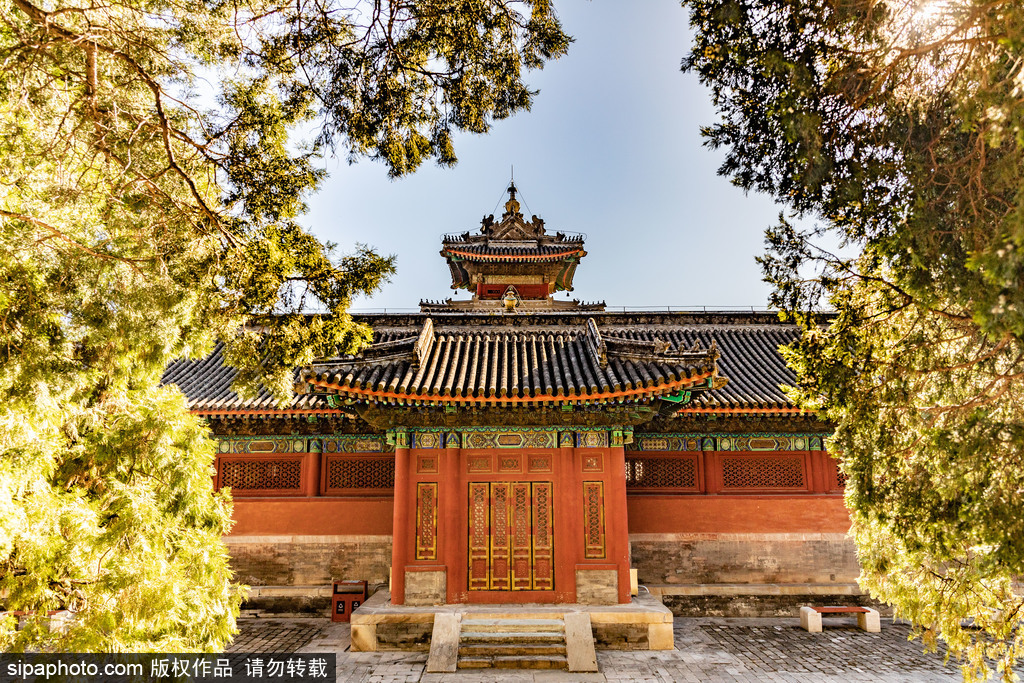
Biyun Temple
Located on the north side of Xiangshan Park in Haidian District, Beijing, Biyun Temple was built in 1331, originally named Biyun An, and has a history of more than 600 years. Sitting in the west and facing east, Biyun Temple was built along the mountain. The whole layout is based on six courtyards arranged in the central axis, with a group of courtyards each in the north and south, covering an area of more than 40,000 square meters. It is considered a beautiful temple in the western mountain.
Tanzhe Temple
The saying "first there was Tanzhe Temple, then there was Beijing City" has established the status of Tanzhe Temple.
Xihuang Temple
The Sixth Panchen Pagoda in the West Yellow Temple is a Vajra Throne Pagoda set up in imitation of the Vajra Throne style of Bodh Gaya in India.
Do You Know
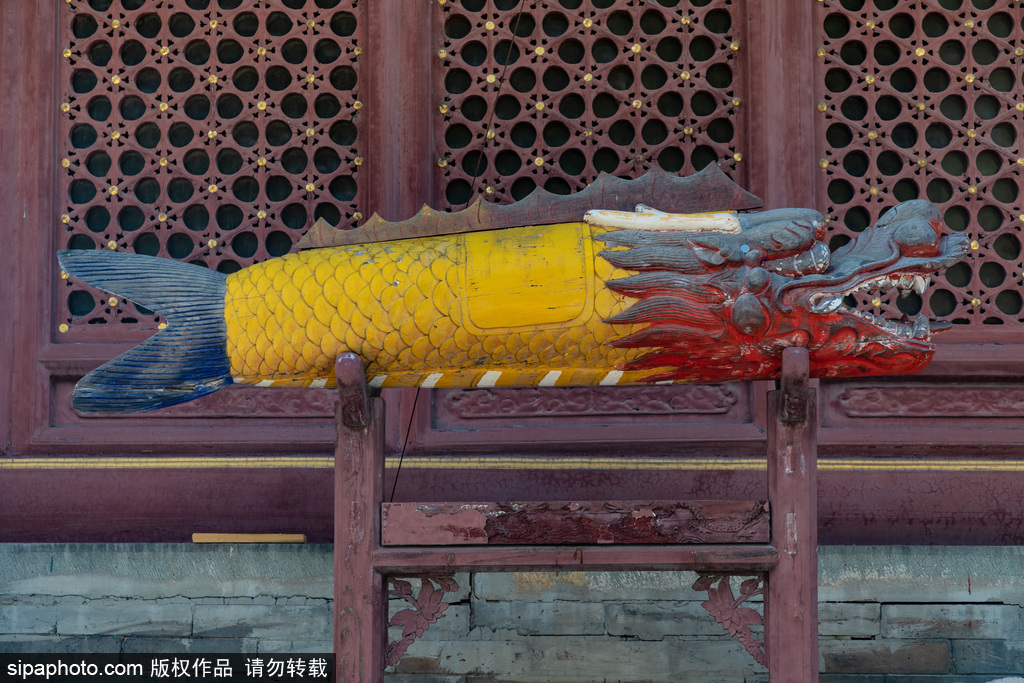
Why is there a fish outside the Main Shrine Hall of Jietai Temple?
This wooden fish is usually hung under the east corridor of the Main Shrine Hall of the Temple, which is knocked to indicate the meal time.

